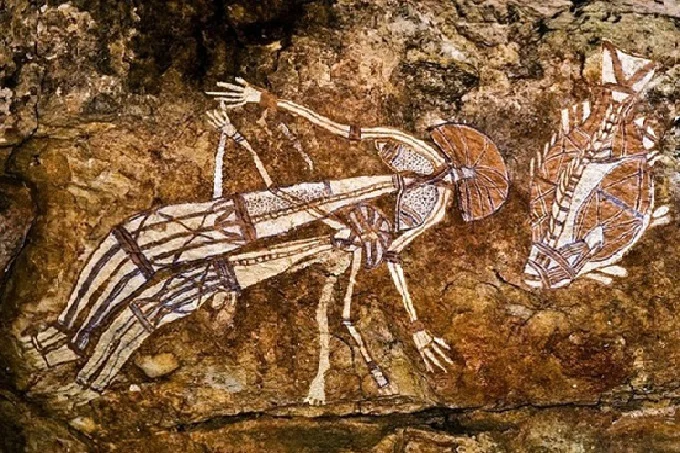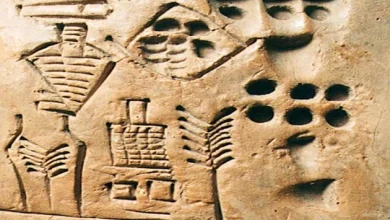What did prehistoric rock paintings tell scientists about life of the first people on Earth?

The oldest of the arts known to man in the world can tell a lot about the first representatives of the human race. Ancient images drawn or carved on the stone walls of caves are found by scientists all over the world.
The prehistoric rock paintings reflect one of the earliest forms of communication and self-expression, demonstrating the development of language and writing. Often they seem too abstract to modern people, sometimes you can recognize people and animals, scenes from life and life on them. Sometimes the drawings carry some secret spiritual meaning, which, perhaps, will never be comprehended…
Cave art?
Prehistoric art was certainly not created exclusively in caves. It was just there that it had the opportunity to be perfectly preserved and reach our days. Often, archaeologists have found images that were made on top of earlier ones. This said a lot about the development of this art and about the differences in the styles of artistic expression of people at different times.

Some of the oldest known rock carvings were discovered in 2018 in the Spanish caves of La Paciega, Maltravieso, and Ardales. Scientists say that their age is approximately 64,000 years. Stencil drawings and stalagmites were found in the caves, which were painted with ocher. Contrary to the erroneously popular belief about primitive people, Aesthetics was not at all alien to them.
In addition, the drawings were found in such remote and hard-to-reach places of these caves that it was impossible to make them without certain things. We needed a reliable source of light, we had to make a pigment ahead of time. The images themselves are often filled with deep symbolic meaning.
Shigeru Miyagawa, professor of linguistics, Japanese language, and culture at the Massachusetts Institute of Technology, sees the development of the language of the first people in rock paintings. The specialist believes that the places they chose to create images have certain acoustic properties. He says that this is due to how different sounds that people made and heard sounded in different conditions.
The appearance of figurines of people and animals
Over time, abstractions were replaced by realism. Drawings appeared that contained information about everyday processes, hunting, holidays, and other leisure activities. The earliest known rock carving of the animal was the Sulawesi warty pig. This drawing is over 45,000 years old. It is located in the Leang Tedongnge cave on the island of Sulawesi in Indonesia. There is also the first picture depicting a hunt. These images predate many more later ones found in different parts of the world.
The famous Lascaux rock paintings in France were discovered quite by accident in 1940. A valuable discovery for science was made by several teenagers. They chased the runaway dog into the cave. Many drawings of animals were found there. Scientists say these images are over 17,000 years old. Bulls, deer, and horses are drawn there—even such unseen animals as unicorns. Artists depicted what is not in reality, giving free rein to fantasy. This is real art! Unique paintings showed scenes from life. There, for example, there was a dramatic hunting incident, a scene with a magician or sorcerer. The latter was depicted with the smallest details.

Native American rock art
In the Americas, evidence of prehistoric art has been found throughout the continent. In addition, the arid climate in the South-West allowed thousands of pictograms and petroglyphs of ancient peoples to be well preserved. In the drawings, which are approximately 7,000 years old, one can even trace the history of the region, as well as their traditional beliefs and legends. Some of the images look very strange. Scientists cannot figure out what the artist wants to say. For example, in Tennessee, there is an ancient cave, where in several paintings, a certain creature is drawn, shaped like a large box, next to it is a person performing manipulations similar to a weaving process.
Modern science is at a loss as to what story the painter wanted to tell the audience. There are many such stories. This does not speak of the primitivism of the thinking of ancient people. On the contrary, the artist wanted to say something beyond today’s man’s understanding. Yes, people today have more sophisticated means, but has their intellect become more sophisticated? Yes and no. Too many nuances. Too many unanswered questions and an endless number of theories.




